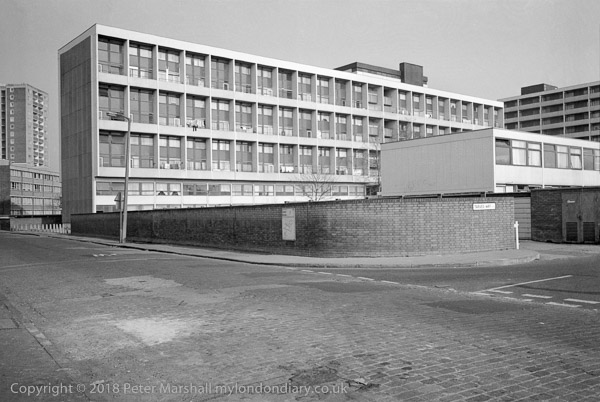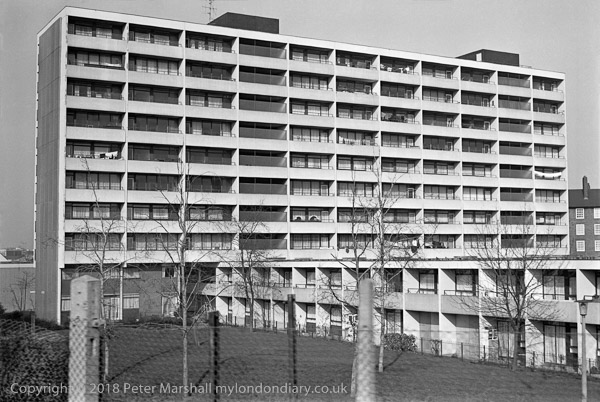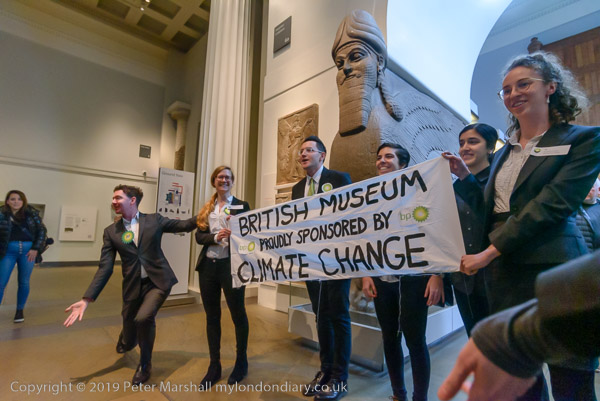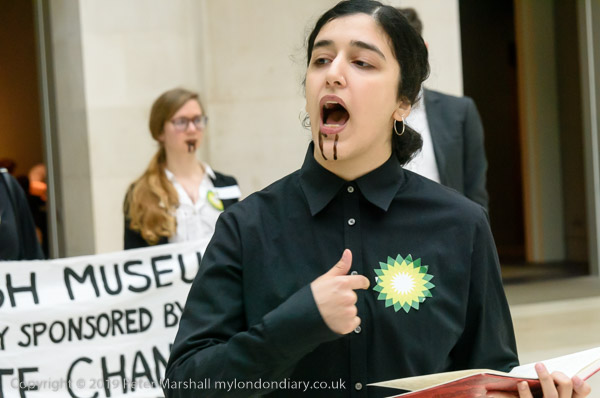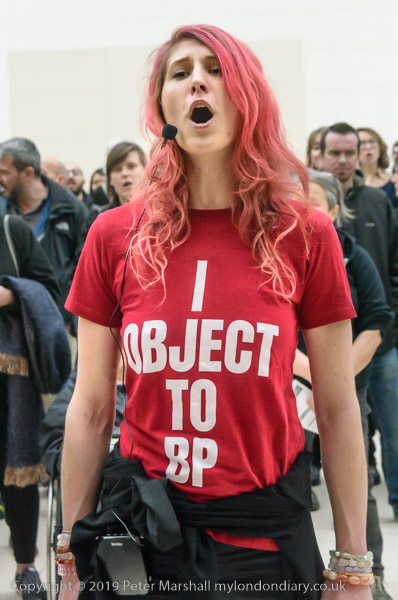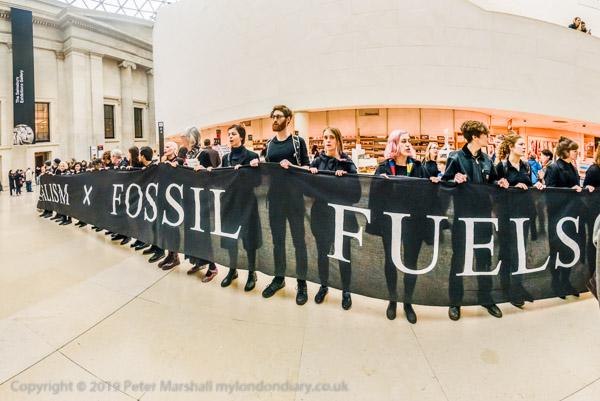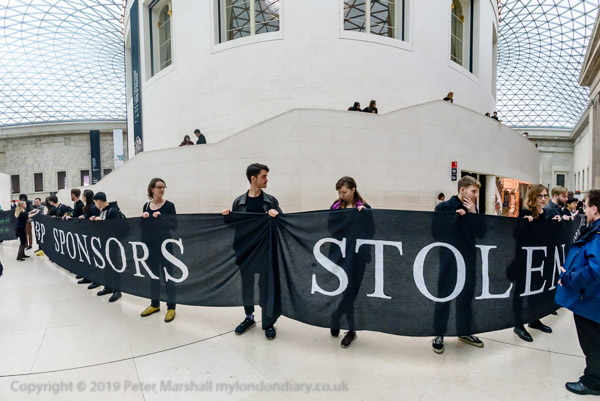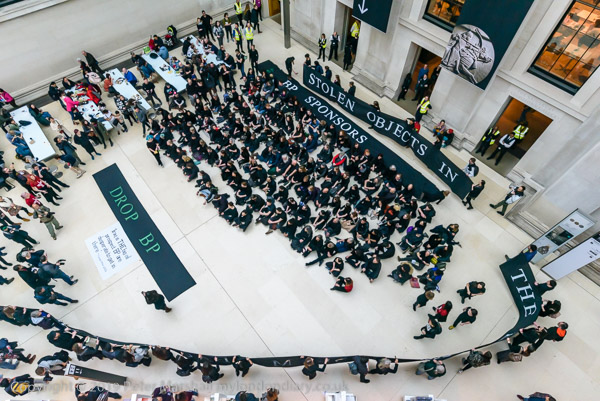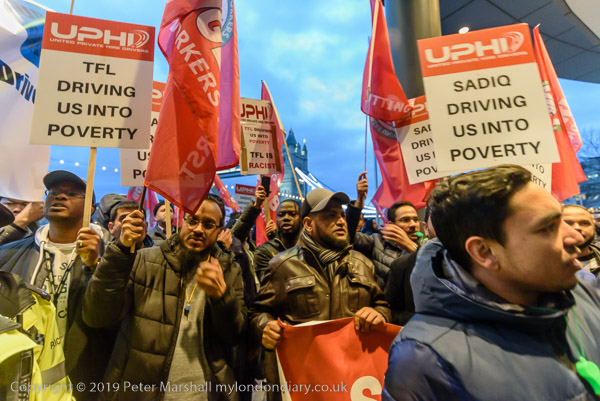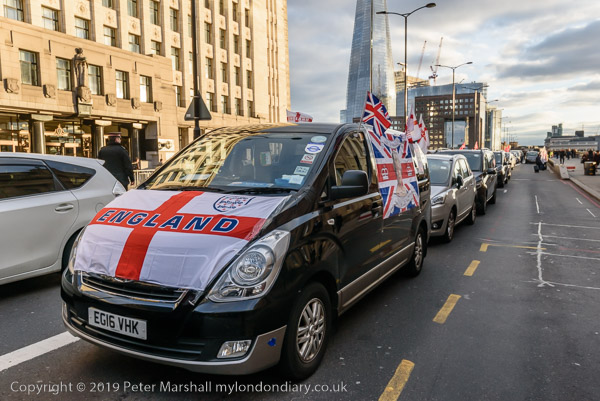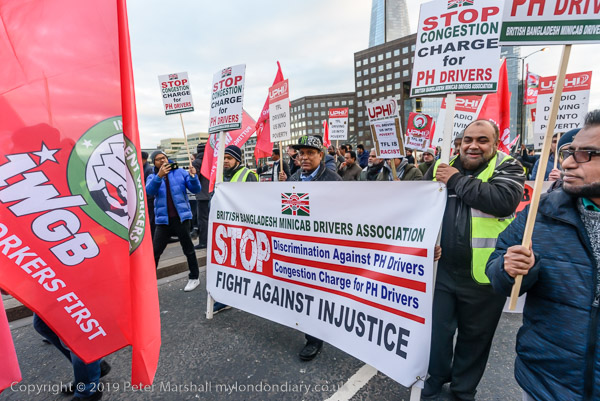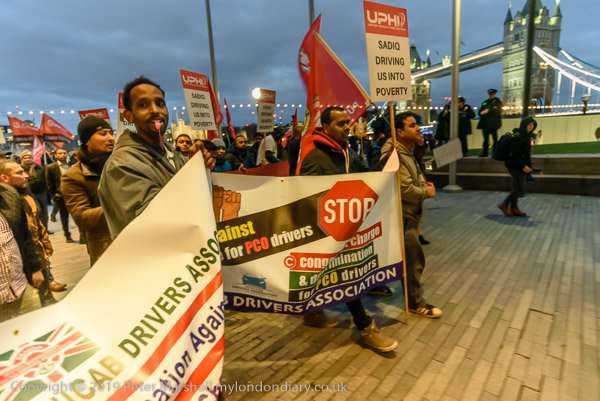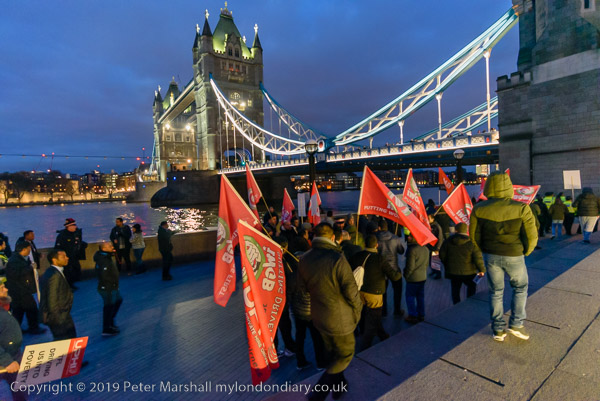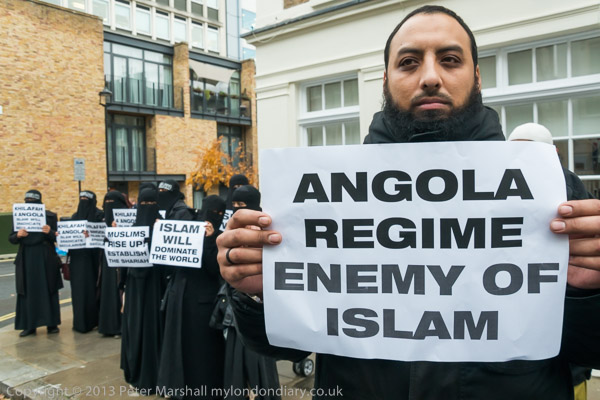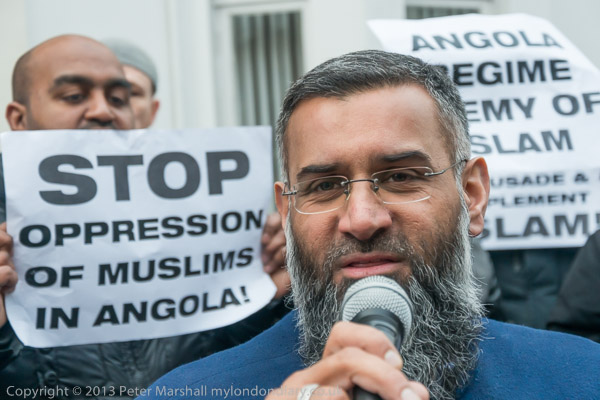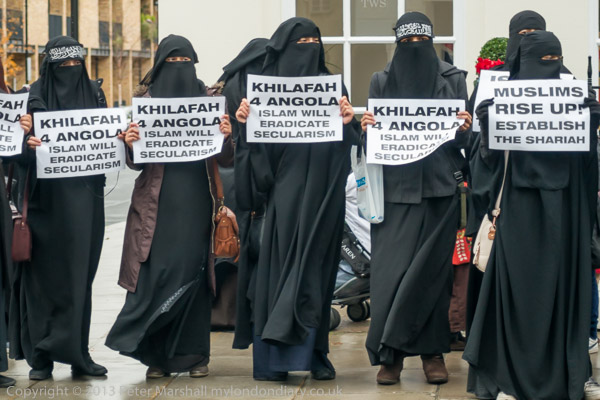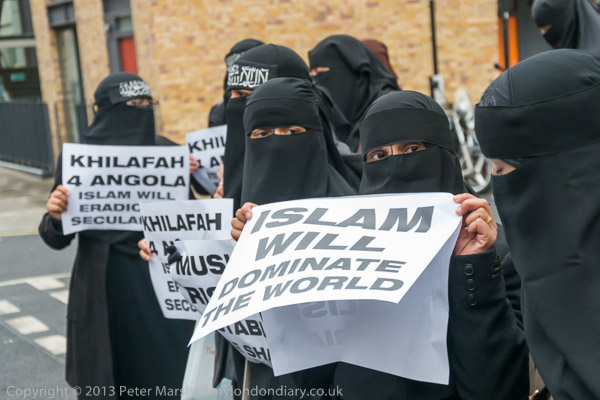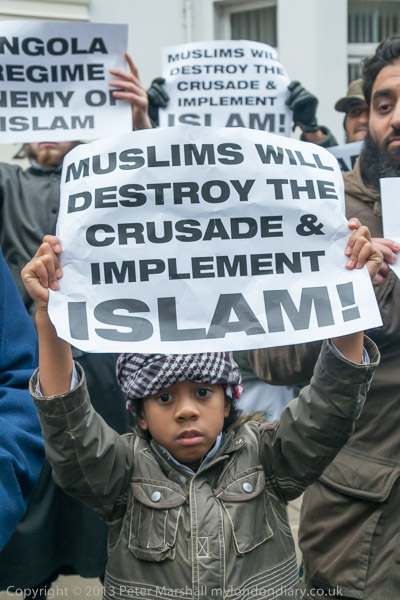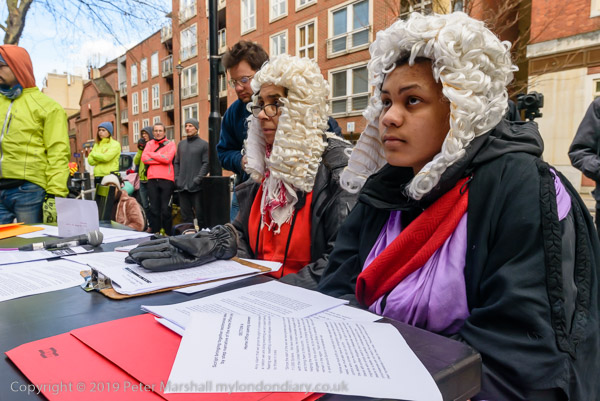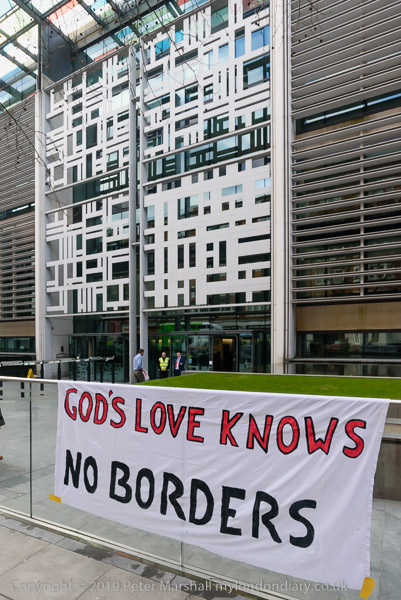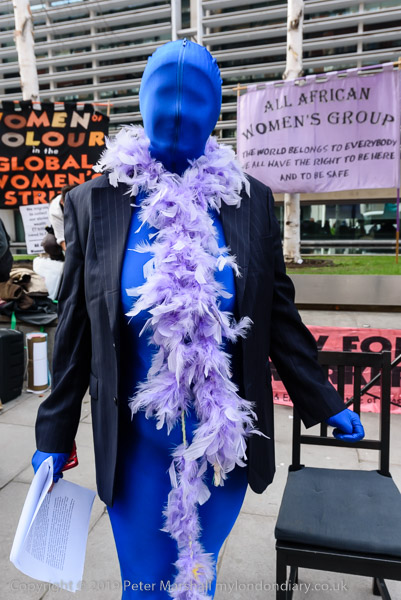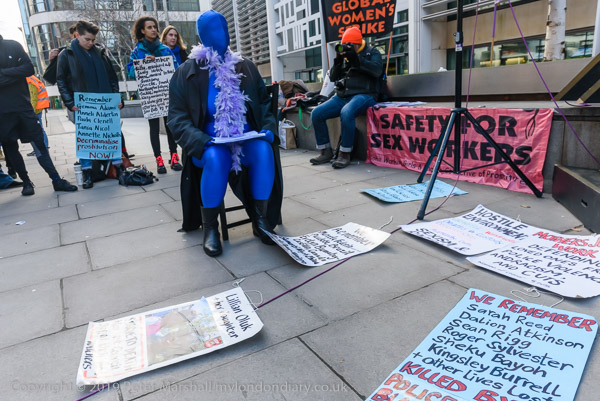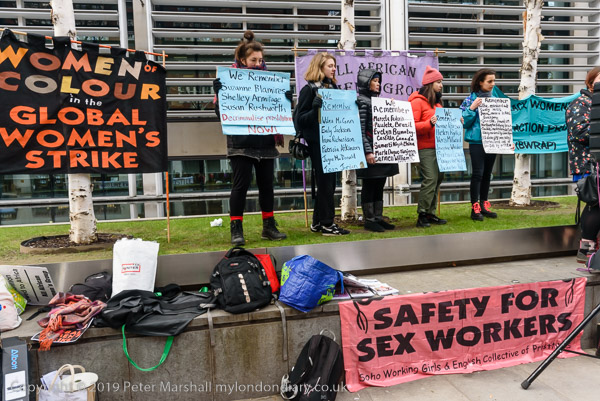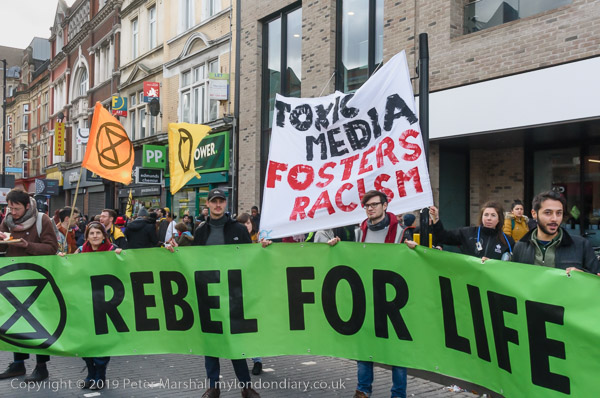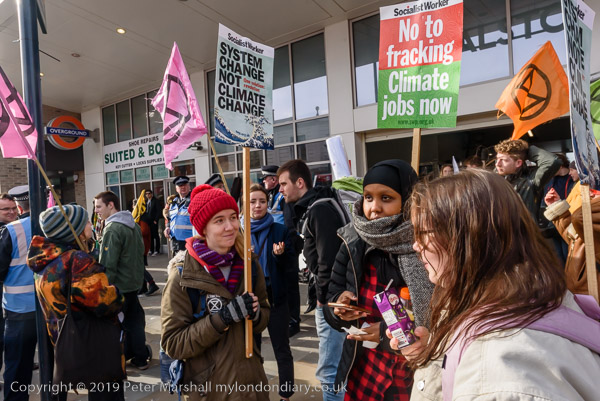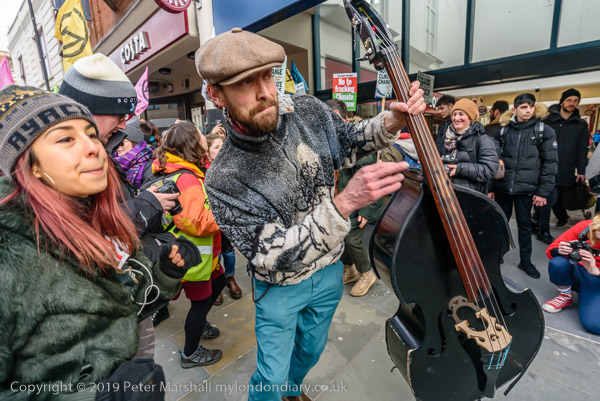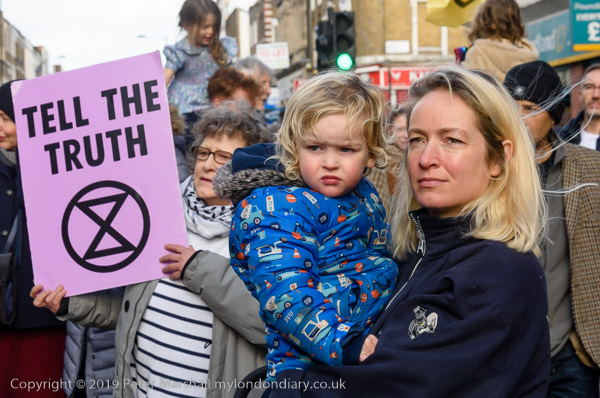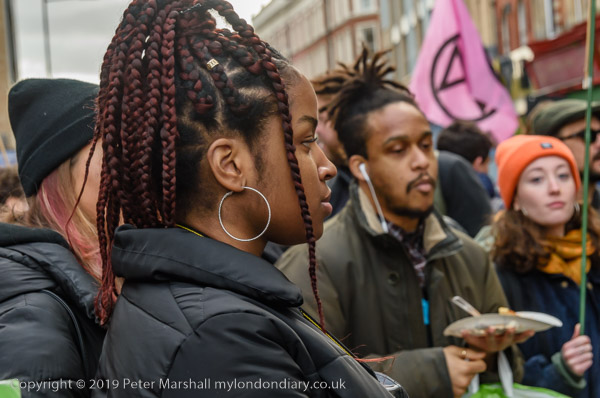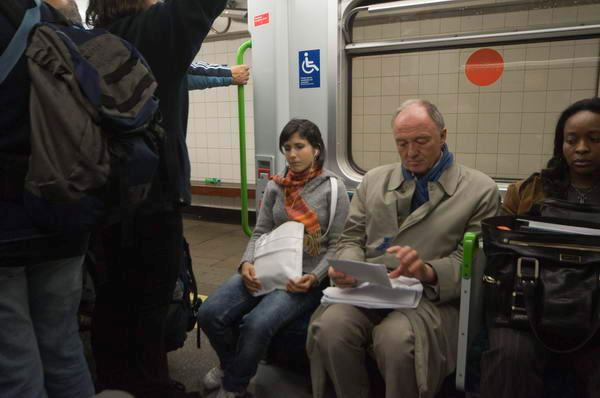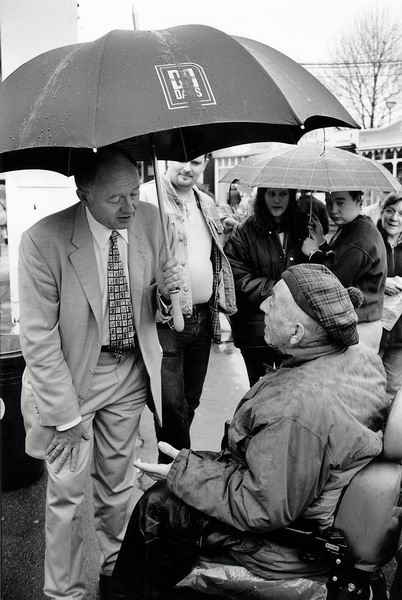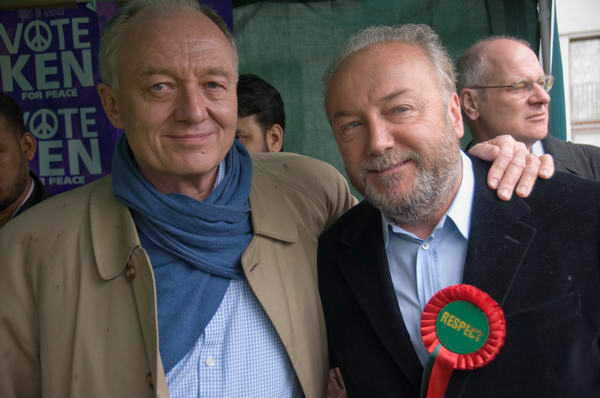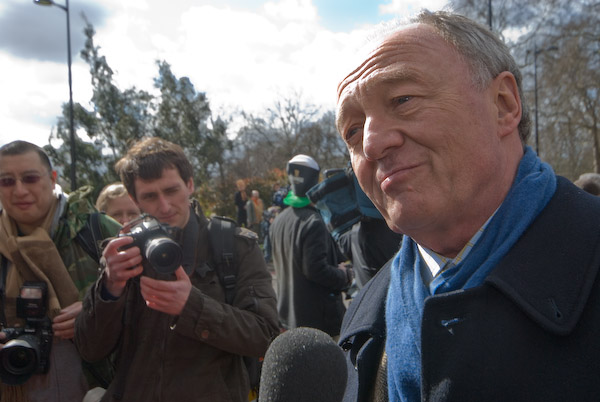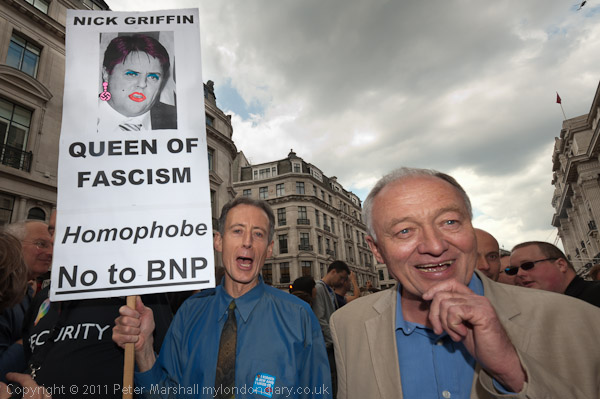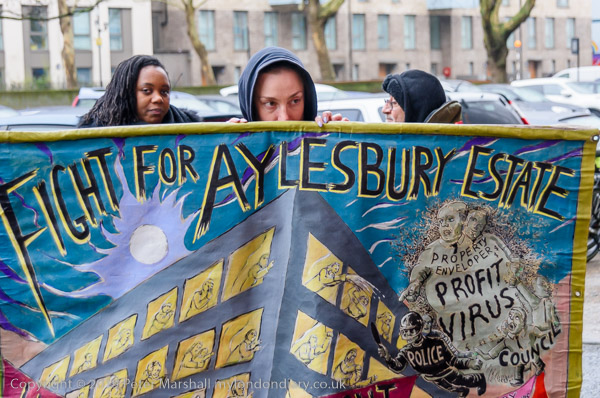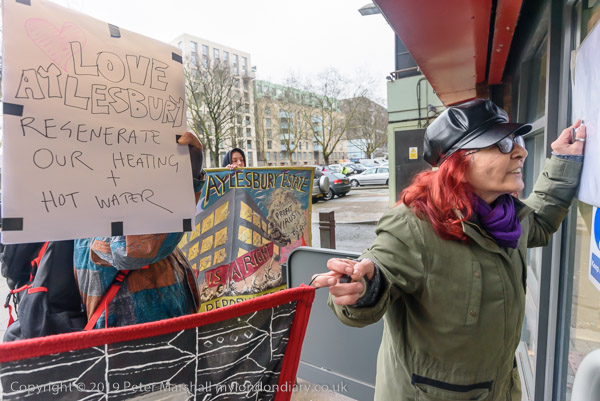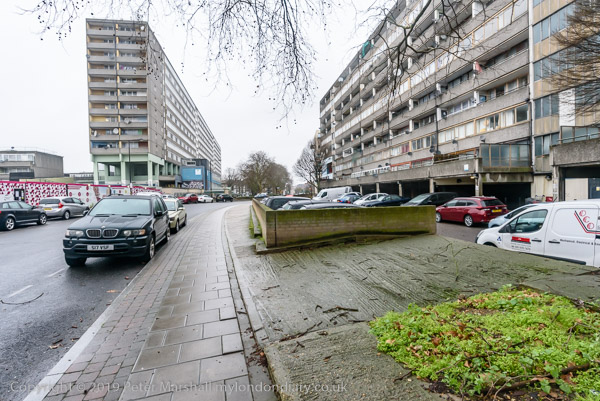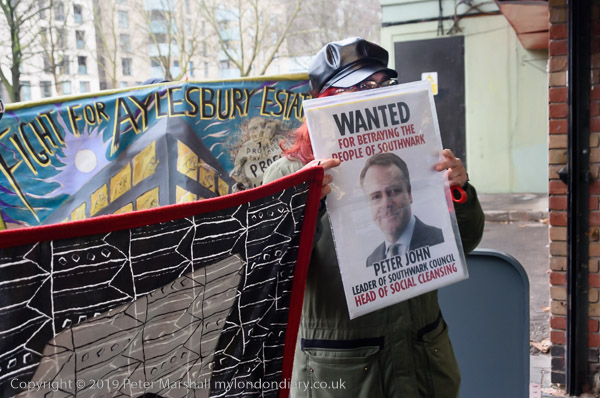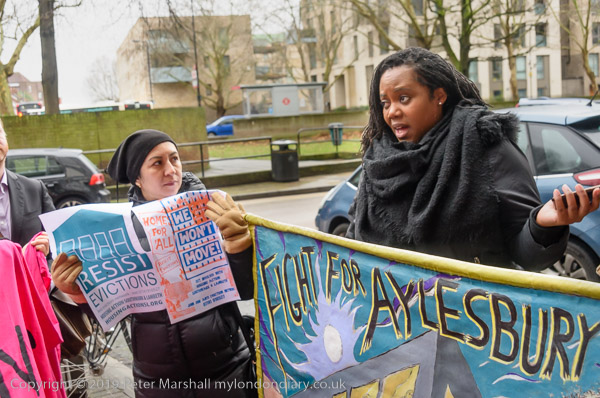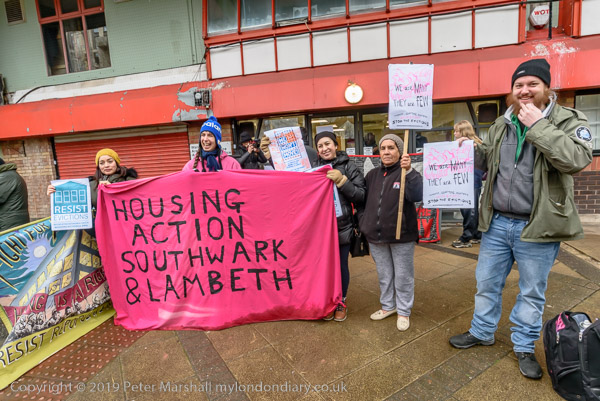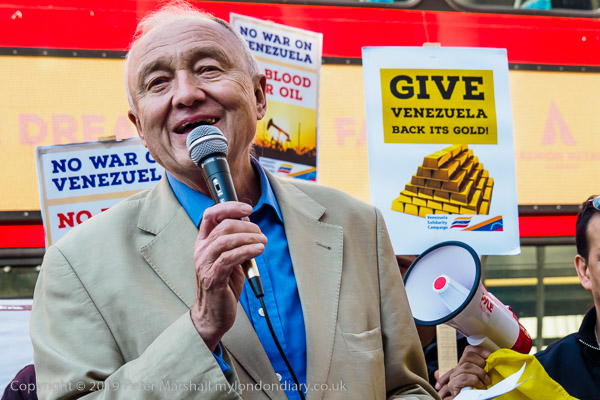
It’s always difficult for photographers when events more or less repeat themselves, and this was the third protest I’d covered in just a few weeks about the US attempt to engineer a regime change in Venezuela, and the second outside the Bank of England, with many of the same people taking part, and it was all too easy to produce more or less the same images. As the great Yogi Berra said, ” It’s deja vu all over again”, though he also said ” I never said most of the things I said.”
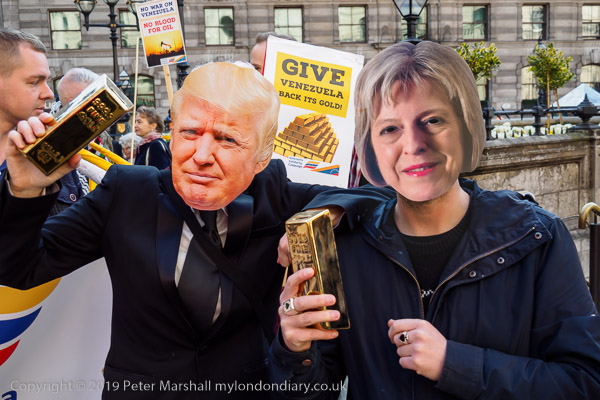
Ken Livingstone was also a figure with a second coming, having run the Greater London Council and begun to bring the capital up to date in the 1980s, his success so enraged Margaret Thatcher that she abolished the council and sold off its palatial headquarters just downstream across the Thames from the Houses of Parliament.
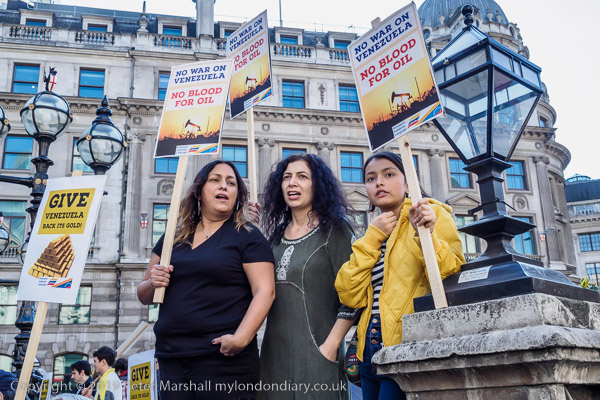
Livingstone returned as elected mayor of the new Greater London Authority after 14 years in which London had largely stagnated, acheiving office despite determined opposition from Thatcher’s successor (following the brief interregnum of John Major), Tony Blair. Although Livingstone was the choice of Labour members and affiliates, the votes of Blairite MPs, MEPS and GLA candidates made Frank Dobson the Labour candidate, and Livingstone stood as an Independent. In the first round of voting he came out on top, with three times the vote of the official Labour candidate who was eliminated, and was elected in the second round with a vote of almost 58% .
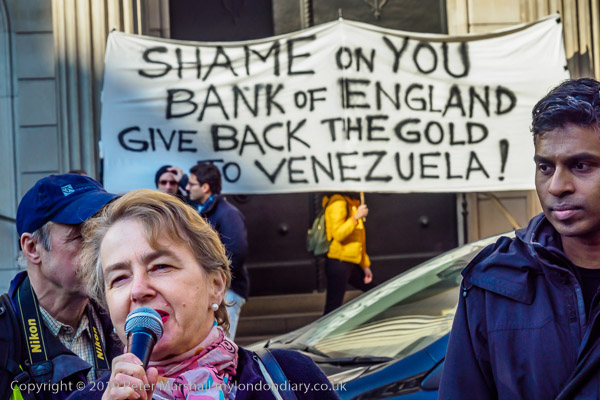
Four years later, Livingstone was re-admitted to the Labour Party and re-elected as London’s Mayor. Despite two largely successful terms in office, he lost the 2008 mayoral election to Boris Johnson, who set out to establish himself as London’s worst mayor despite often rapturous media coverage.
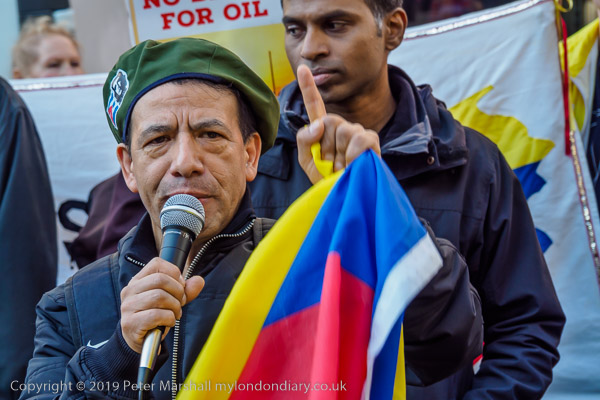
Of course Livingstone was not the only speaker, but he was the major speaker at the event. He had been in the crowd at the previous protest outside the Bank of England, but this time he spoke, reminding us of his relationship with the former President of Venezuela and the contribution made by Venezuela to enable him to provide half-price bus fares for lone parents, sick and disabled Londoners. Recently after an earlier protest calling for the Bank of England to return Venezuela’s gold I wrote more on Livingstone with some pictures I’ve taken.
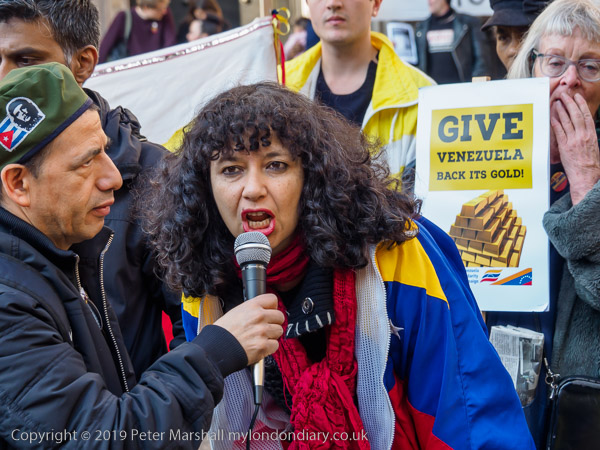
Stop Trump’s Venezuela gold & oil grab
There are no adverts on this site and it receives no sponsorship, and I like to keep it that way. But it does take a considerable amount of my time and thought, and if you enjoy reading it, please share on social media.
And small donations via Paypal – perhaps the cost of a beer – would be appreciated.
All photographs on this and my other sites, unless otherwise stated, are taken by and copyright of Peter Marshall, and are available for reproduction or can be bought as prints.
To order prints or reproduce images
